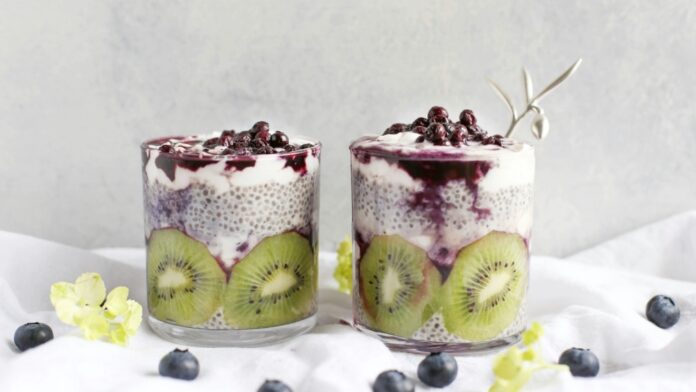Sabja seeds, also known as basil seeds and chia seeds are both popular choices for adding to drinks and dishes for their health benefits and unique properties.
While they share some similarities in terms of texture and appearance, there are also distinct differences between the two.
Origin and plant species
Sabja seeds: Sabja seeds come from the seeds of the sweet basil plant (Ocimum basilicum), which is native to Southeast Asia. They have been used in Ayurvedic and traditional medicine for centuries.
Chia seeds: Chia seeds are derived from the plant species Salvia hispanica, which is native to Mexico and Central America. Chia seeds have been a staple food in ancient Aztec and Mayan diets.
Appearance
Sabja seeds: Sabja seeds are small, oval-shaped seeds with a black exterior and a grayish-white interior. When soaked in water, they develop a gelatinous coating around them.
Chia seeds: Chia seeds are slightly larger than sabja seeds and have a more uniform shape, resembling tiny teardrops. They are typically black or white in color and do not develop a gel-like coating when soaked.
Nutritional profile
Sabja seeds – Sabja seeds are low in calories and rich in dietary fibre, vitamins, and minerals. They are a good source of calcium, magnesium, iron, and potassium.
Chia seeds – Chia seeds are also low in calories and packed with nutrients. They are particularly high in fibre, omega-3 fatty acids, protein, and antioxidants. Chia seeds are one of the richest plant sources of omega-3 fatty acids.
Texture and taste
Sabja seeds – When soaked in water, sabja seeds develop a gel-like texture similar to tapioca pearls. They are virtually flavourless and take on the taste of the liquid they are soaked in.
Chia seeds – Chia seeds have a crunchy texture when dry, but they become soft and gelatinous when soaked in liquid. They have a mild, nutty flavour that pairs well with a variety of dishes and beverages.
Culinary uses
Sabja seeds – Sabja seeds are commonly used as a thickening agent in drinks like falooda and sherbet, as well as in desserts and puddings. They are also added to salads and smoothies for added texture and nutrition.
Chia seeds – Chia seeds are versatile and can be used in a wide range of recipes, including smoothies, yoghurt bowls, oatmeal, baked goods, and savoury dishes. They can also be mixed with water to create a gel-like substance and used as an egg substitute in vegan baking.


